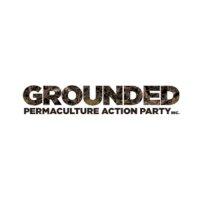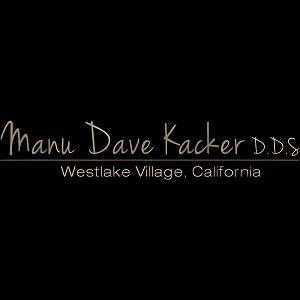What Does a Permaculture Design Certificate Actually Cove

A Permaculture Design Certificate (PDC) is often described as the gateway into the world of permaculture. It introduces participants to the principles and practices of designing sustainable systems for food, water, shelter, and community living. But what exactly does a PDC cover?
🌱 Core Foundations of Permaculture
Every PDC includes a foundation in the ethics and principles that guide permaculture. These serve as the framework for all design decisions. Key elements include:
-
Ethics of Care: for the earth, for people, and for sharing resources fairly.
-
Design Principles: strategies for creating resilient and regenerative systems.
-
Observation Skills: learning how to read the landscape before making changes.
🌳 Land and Ecology
A major part of the course focuses on understanding natural systems and how to work with them. Topics often include:
-
Soil health, composting, and regenerative practices.
-
Water cycles, harvesting, and storage methods such as swales, ponds, or rain tanks.
-
Forest systems, food forests, and tree-based agriculture.
-
Climate and microclimate design for a range of environments.
🍎 Food Production
Food security and abundance are central themes of permaculture education. A PDC usually explores:
-
Organic gardening and regenerative growing techniques.
-
Companion planting and beneficial plant relationships.
-
Designing perennial food systems and polycultures.
-
Adapting food production to urban and small-scale spaces.
🏡 Human Habitats and Built Environment
Permaculture also applies to how we design and manage human living spaces. This area of the course often covers:
-
Natural building methods and energy-efficient housing design.
-
Renewable energy options such as solar, wind, and biogas.
-
Waste reduction and recycling strategies for sustainable living.
🤝 Community and Social Systems
A complete PDC doesn’t stop at land and food. It also includes the human and social aspects of sustainability, such as:
-
Group decision-making and cooperative governance.
-
Local economies, bartering, and sharing systems.
-
Building resilient and supportive communities.
✏️ Design Practice
Hands-on design practice is the heart of the course. Participants usually:
-
Work on individual or group design projects.
-
Apply permaculture principles to a real or hypothetical site.
-
Create a full design plan integrating food, water, energy, and community systems.
This design work ensures participants leave with both knowledge and practical experience.
📜 The Certificate
At the end of the program, participants receive a certificate confirming they have completed the core curriculum. While it is not a formal license, it:
-
Demonstrates a working knowledge of permaculture design.
-
Allows graduates to describe themselves as permaculture designers.
-
Provides a pathway toward advanced training or teaching.
🌍 Why It Matters
What a PDC really covers goes beyond lessons and projects. It offers a new way of seeing the world—where problems can be turned into solutions, waste can become a resource, and communities can thrive through cooperation and resilience.
Whether someone is a gardener, a landholder, or simply interested in sustainable living, the skills gained through a PDC are practical, adaptable, and increasingly relevant for building a sustainable future.






